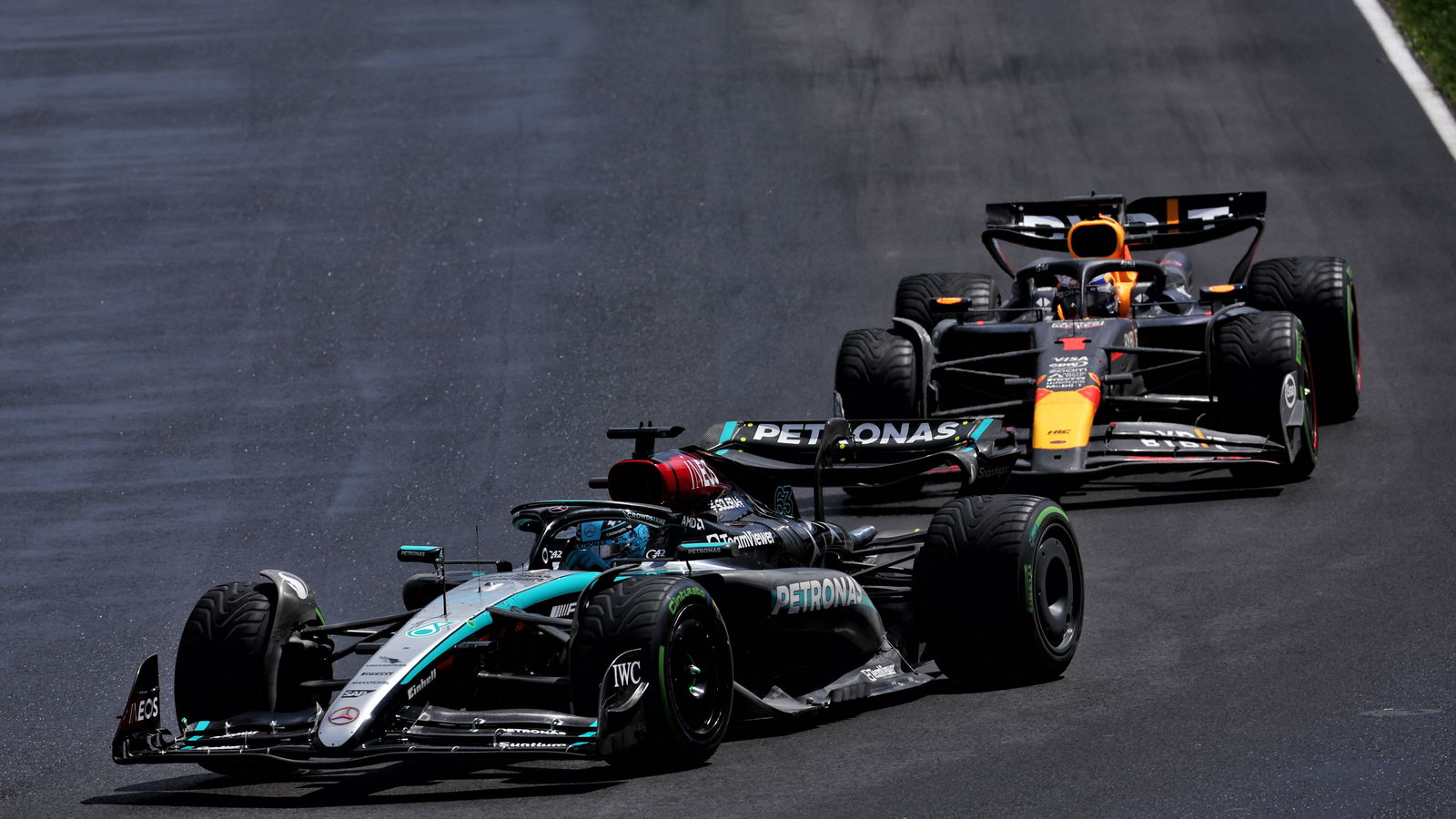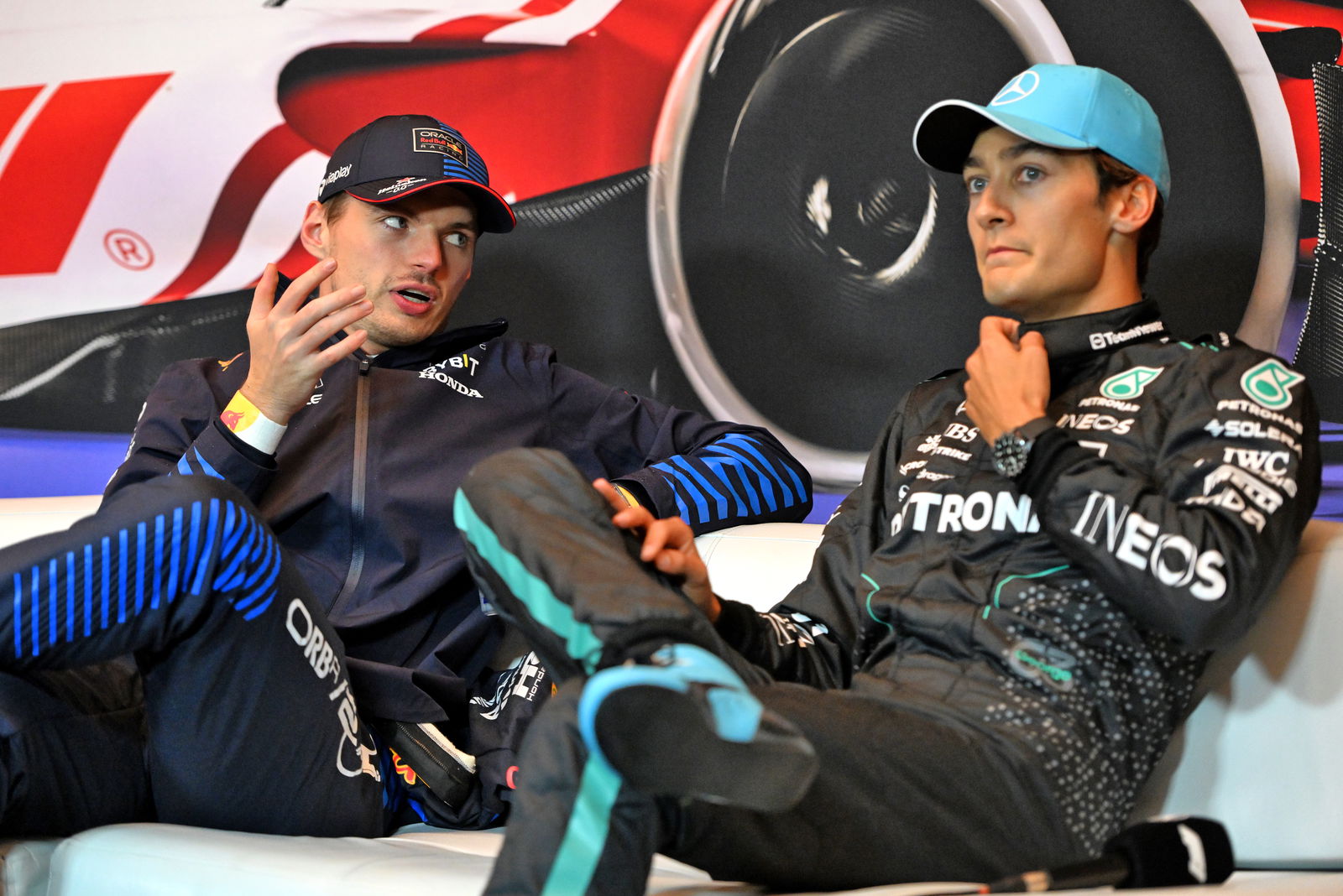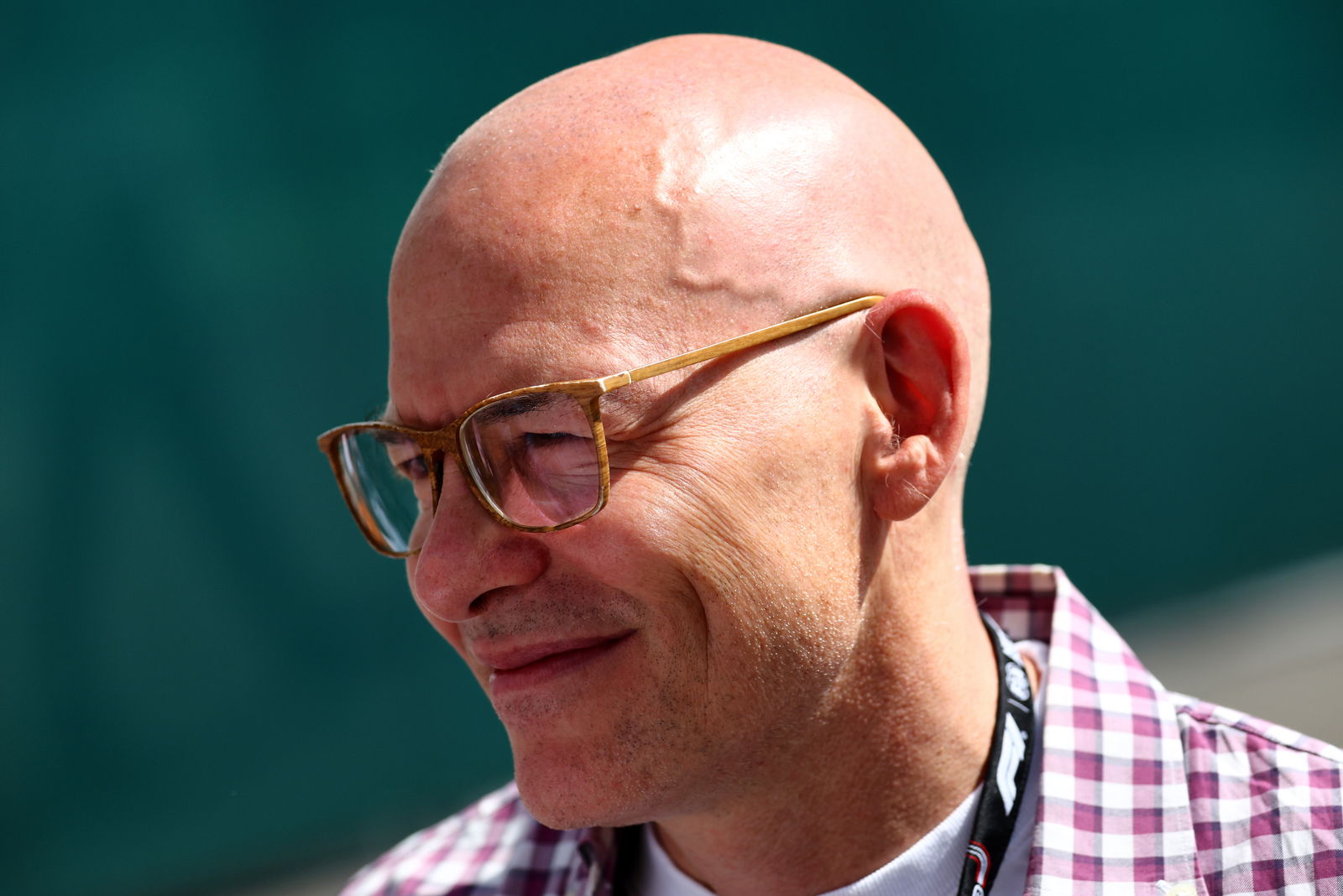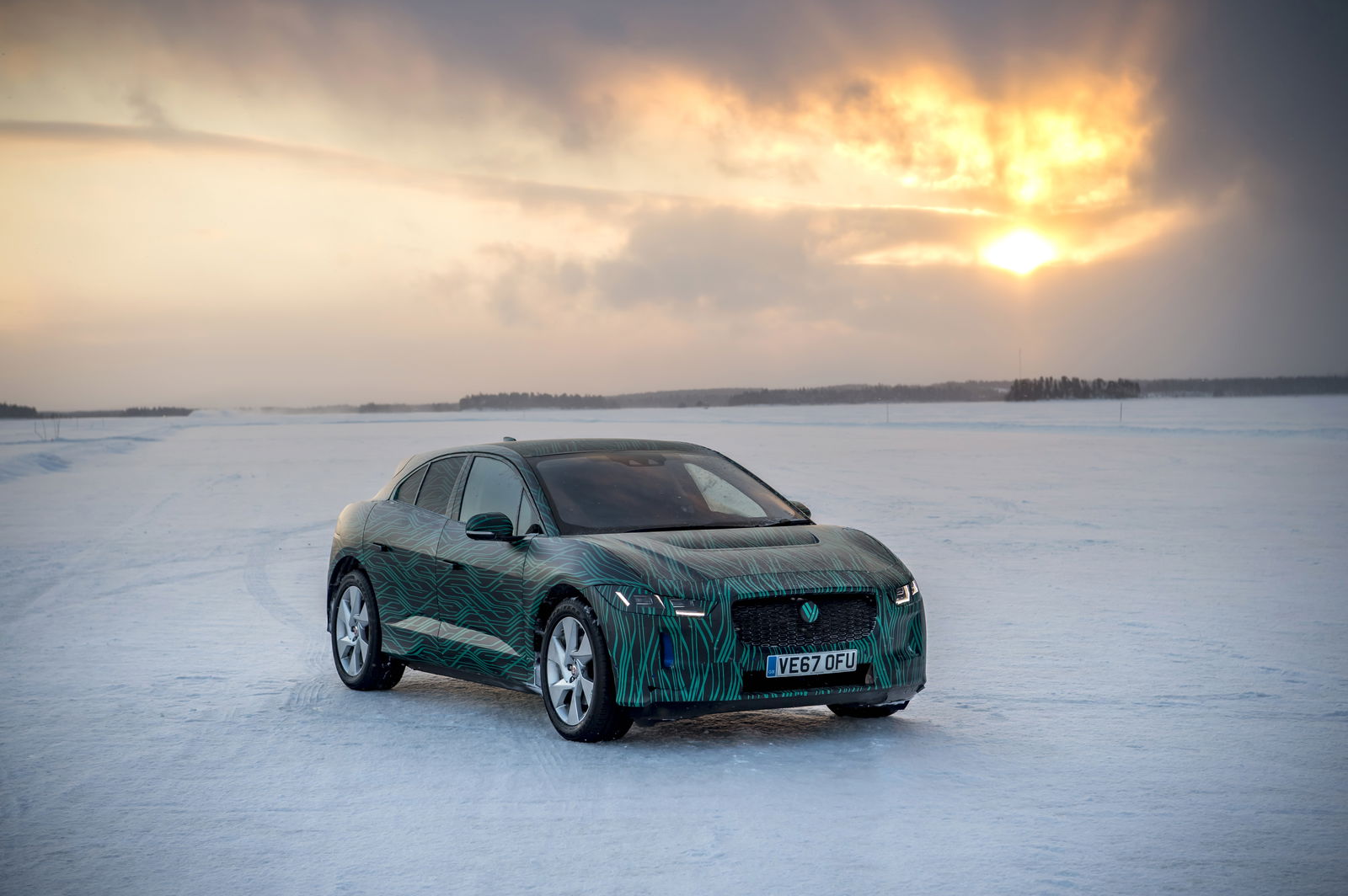A Brief History Of Dead Heats In Formula 1

The 2024 Canadian Formula 1 Grand Prix was, at the time of writing at least, the best race of the year. But the excitement of the Grand Prix took headlines away from the very unusual qualifying session that saw the top two drivers separated by… well, absolutely nothing.
George Russell and Max Verstappen set exactly the same time in the final part of qualifying, and as an extra eyebrow-raiser, both recorded a time that was bang on the second. Russell set a time of 1m 12.000 in his Mercedes, and shortly afterwards Verstappen set exactly the same time to the thousandth of a second. Russell took pole position solely due to the fact that he set the time first.

The chances of this happening are slim, bearing in mind the myriad factors that go into setting a fast lap in a Formula 1 car. But this isn’t the first time a qualifying session has been so close. In fact, at the 1997 European Grand Prix at Jerez, not two but THREE drivers set the exact same time in the battle for pole position.
Jacques Villeneuve – son of Gilles Villeneuve, for whom the Montreal circuit is named – set the pace in his Williams with a time of 1m 21.072, almost a second faster than his teammate Heinz-Harald Frentzen. Shortly afterwards, Michael Schumacher's Ferrari crossed the line at exactly the same time to slot into second.

The media was already incredulous, but more was to come, as Frentzen had another crack at getting pole back, and landed the very same time once again. Even Michael Schumacher had to smile and shake his head.
There’s never been a dead heat in an F1 Grand Prix, but there have been some very close finishes. At the 1986 Spanish Grand Prix, also at Jerez, Ayrton Senna’s Lotus pipped Nigel Mansell to victory by just 0.014 seconds after the Brit in his Williams had wiped out Senna’s 20-second lead in just 10 laps.
.jpg?width=1600)
In 1971, the Italian Grand Prix at Monza saw four cars finish within 0.2 seconds of each other. Peter Gethin in a BRM took the win by 0.01 of a second from Ronnie Peterson’s March. Francois Cevert’s Tyrrell was third, 0.09 seconds behind Gethin, while Mike Hailwood’s Surtees was another 0.09 seconds further back. Howden Ganley in another BRM was comparatively miles behind, finishing 0.6 seconds behind the winner.















Comments
FLixy Madfox (Plundering dumbA$)
Wow, dat is echt apart
Why not doing another lap?
Actually I know who set the fastest lap it was Villeneuve because he set it first which means the track was colder so he is the fastest